Today we pay another visit to replacement effects and copying, this time by looking at Essence of the Wild.
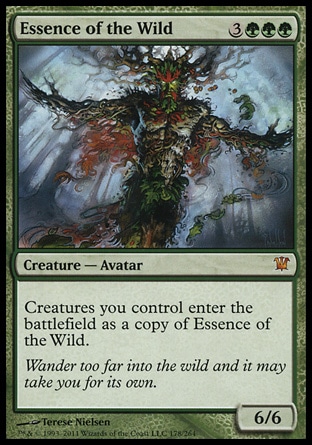
Oracle Text:
Creature — Avatar
Creatures you control enter the battlefield as a copy of Essence of the Wild.
The ability of Essence of the Wild is static and generates a replacement effect which is a copying effect as well. That’s a hell of a mixture, I must say. We have already met this one when scrutinizing Phyrexian Metamorph. But unlike the Metamorph, Essence of the Wild’s effect is applied not to itself, but to all other creatures entering the battlefield under your control (we assume here that you are in control of Essence of the Wild).
As we already know from Gideon Jura, a replacement effect impacts an event by replacing it with another event. This way, the original event doesn’t take place at all. Essence of the Wild’s effect replaces the “regular” way creatures enter the battlefield.
What is “regular” and why did I include that word in quotes? Because “regular” is a very rare thing in Magic. Each “regular” usually has an entire inscription attached to it explaining the lack of effects and clarifications in the text of a spell which would allow us to put something on the battlefield. But in general, a creature’s “regular” way is to enter the battlefield untapped, unflipped, face up and phased in under your control.
As soon as we notice that the “regular” order is modified by something, we should look for a replacement effect:
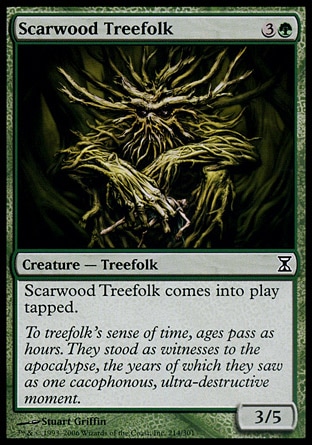
Scarwood Treefolk enters the battlefield tapped. It is unusual. Why does it do that? Because its static ability generates a replacement effect that replaces the Treefolk’s “regular” entering with “enters tapped”.
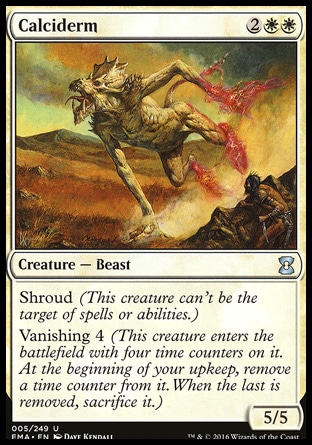
Calciderm enters the battlefield with time counters on it which isn’t very regular either. Vanishng is responsible for that, a keyword ability that generates a replacement effect.
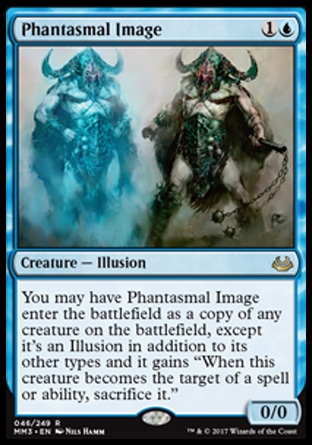
Phantasmal Image usually enters the battlefield as something else. This is a replacement effect too, which is a copying effect by the way.
As you can see, there can be many different effects replacing the way a creature enters the battlefield, and they may be of pretty different types. So you will have to choose the order in which to apply them, because obviously, this order will determine the final shape of your creature. The following rule has been accepted to make this order logical and consistent:
Replacement effects that modify the way a creature enters the battlefield are applied in the following order:
- first, control-changing effects,
- followed by copying effects,
- then all other effects.
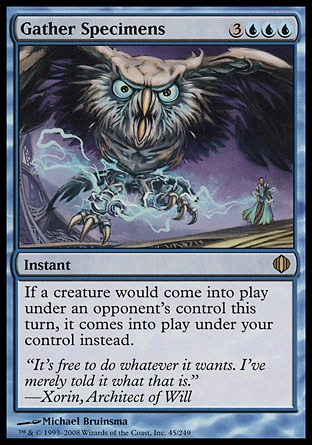
The fun spell Gather Specimens generates an effect that replaces the way creatures enter the battlefield under an opponent’s control with them entering under your control. If you control an Essence of the Wild as well, first you apply Gather Specimens’s effect (change of control), followed by the Essence’s effect (copying), i.e. all creatures that should have entered the battlefield under your opponent’s control enter under your control as copies of Essence of the Wild instead. If your opponent is casting Spectral Procession, you get three brand new Essence of the Wild tokens. Awesome!
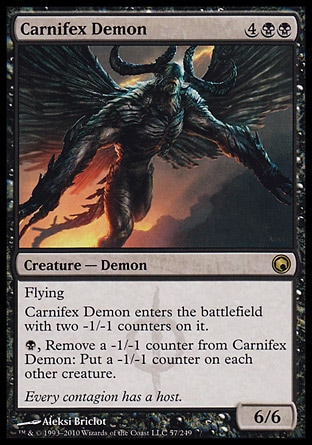
Carnifex Demon falls under two effects as it enters the battlefield: Essence of the Wild’s copying effect and the effect that puts two -1/-1 counters on it. Since the Essence’s effect is applied first, the Demon enters the battlefield as a copy of it, which doesn’t have the ability generating the effect that puts counters. Since there is nothing to apply, the Demon shaped as Essence of the Wild doesn’t get counters.
If you control Essence of the Wild and your cunning opponent controls Blind Obedience, then any creature entering the battlefield under your control will fall under two replacement effects. According to the rules, we apply Essence of the Wild’s copying effect first, and the creature enters the battlefield as a copy thereof. The effect of Blind Obedience doesn’t disappear at that, so your fresh Essence of the Wild enters the battlefield tapped.
If the creature entering the battlefield is subject to multiple similar replacement effects, we may choose the order in which to apply them. Sometimes it matters, sometimes it doesn’t.

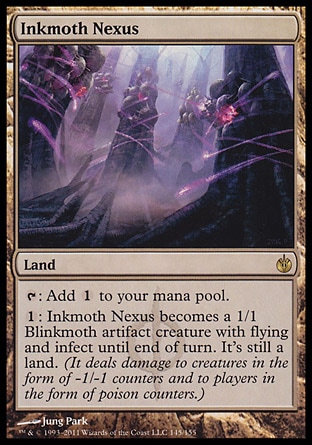

If you control two Essences of the Wild, creatures entering the field under your control will be copies of the Essence whose effect you applied last.
If both Essences of the Wild are identical, there’s no difference, but if they have different copiable values, it matters a good lot.
See below how copiable values may be modified.
Now that we are talking about copiable values, let me remind you that they are name, mana cost, color indicator, card type, subtype, supertype, rules text, power, toughness and loyalty. These may be characteristics printed on the card, as well as those that appeared on it through a copying effect. Copiable values of tokens are defined by the spell or ability that creates them. There are other effects that affect copiable values. Also, the permanent’s state may influence them. If the object you are copying has been subject to some effects that you suspect of having modified its copiable values, you’d better consult a judge whether that is correct. If there is no judge at hand, help yourself to a detailed Judge School class about Copying. Some basic information is also given in the article on Phyrexian Metamorph.
Keep in mind that the permanent’s status, counters on it and all effects that do not affect copiable values are not copied. Auras and Equipments attached to the permanent aren’t copied either.
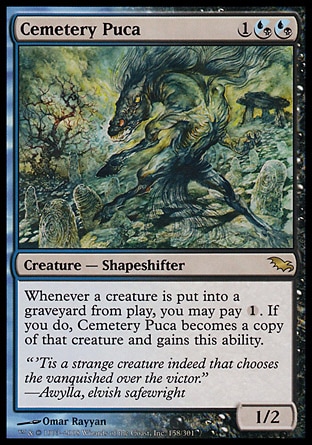
If your Cemetery Puca becomes an Essence of the Wild through its own ability, then as it creates a copying effect and modifies copiable values, you will get an Essence of the Wild with an additional triggered ability copied off Cemetery Puca. Now all creatures that would be copying this Essence of the Wild (originally Cemetery Puca) get this ability as well.
Animate Dead is an aura. I hope it is evident that it is a different object and it doesn’t get copied along with Essence of the Wild.
Animate Dead’s static ability gives enchanted Essence of the Wild -1/-0. Even though it affects its power, that doesn’t modify copiable values. Those are still 6/6.
Just like auras, equipment aren’t copied either. Abilities that Blazing Torch grants to equipped Essence of the Wild are not succeeded by its copies, because they are not copiable values unlike the copying effect of Cemetery Puca.
Creatures enter the battlefield under your control as copies of Essence of the Wild. Therefore, no EtB-triggers of creatures entering the battlefield under your control have a chance to go off. Those creatures never were on the battlefield in their original form. There is no moment of time when a creature is on the battlefield but isn’t a copy of Essence of the Wild yet.
Primeval Titan enters the battlefield as a copy of Essence of the Wild and doesn’t search for lands because it has no EtB-trigger.
Some other abilities have a chance to trigger.
Peculiar situations:
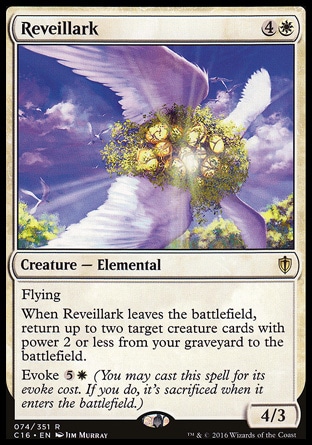
— Reveillark cast at its Evoke cost enters the field under my control. What happens next?
— Reveillark enters the battlefield as a copy of Essence of the Wild. That’s it. It doesn’t have EtB-triggers, even if you cast it at its alternative cost. You won’t sacrifice it.
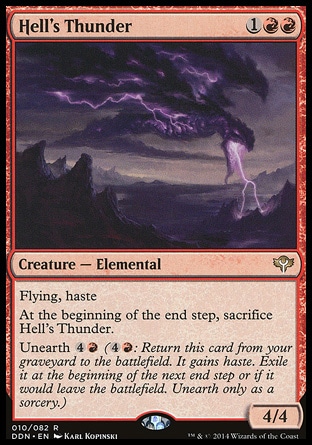
— Hell’s Thunder enters the battlefield under my control through Unearth. What happens next?
— You have an Essence of the Wild with Haste which will have to be exiled as the delayed trigger resolves or the replacement effect is applied.
— Wait, wut? Why is there a trigger in one case and none in the other?
— It’s simple, here’s how things are:
Evoke is a keyword representing two abilities: one static allowing to play the card by paying its alternative Evoke cost, and one EtB-trigger that goes off when this permanent enters the battlefield. We can pay the cost, but here is the thing: Reveillark never entered the battlefield. Essence of the Wild did, and it doesn’t have any triggers.
Unearth is an activated ability, which, upon resolution, moves a creature from the graveyard to the battlefield and gives it Haste, creates a delayed trigger and a replacement effect. Thus, the trigger and the effect do not depend on what incredible shape the creature returns in. Either of those two will track any form of it and exile it.
By the way, if you try to copy the Essence of the Wild copy that originally was an unearthed Hell’s Thunder, it doesn’t get Haste.
Here are a few weird examples.
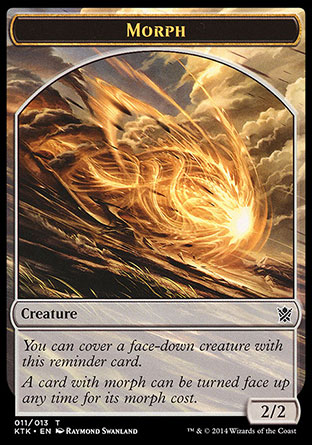
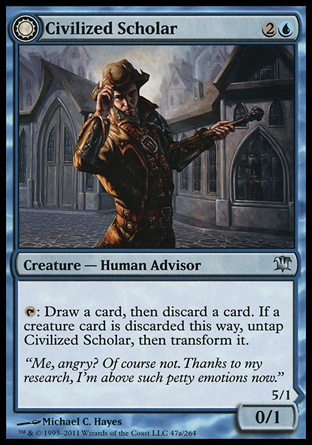
A double-faced card entering the battlefield becomes a copy of Essence of the Wild. A double-faced copy, no less. If it is somehow transformed, it will become back-face-up, but it won’t change its characteristics, it will remain a copy of Essence of the Wild. Just as booooring.
Dryad Arbor enters the battlefield as a copy of Essence of the Wild.
If you played it, you may not play another land this turn unless there are effects allowing you to do that. If you put the Dryad onto the battlefield through an effect (Knight of the Reliquary), you are not restricted from playing a land.
Read in much more detail about copying weird objects in the Judge school class Attack of the Clones, or Copying.
The last thing left to mention about Essence of the Wild: the copying effect doesn’t cease after the “original” Essence leaves the battlefield. Creatures that have entered the field as its copies carry on being them.
Translated by Witas Spasovski

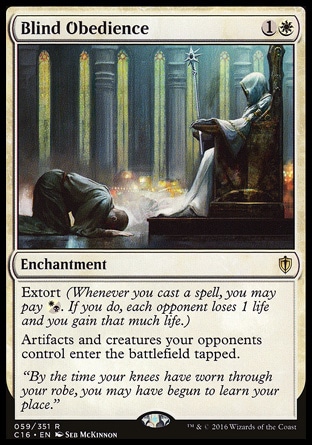
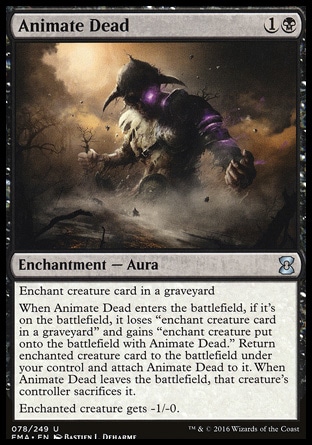
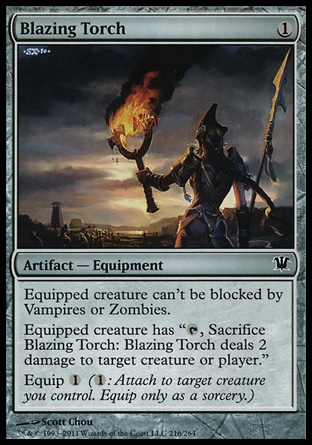
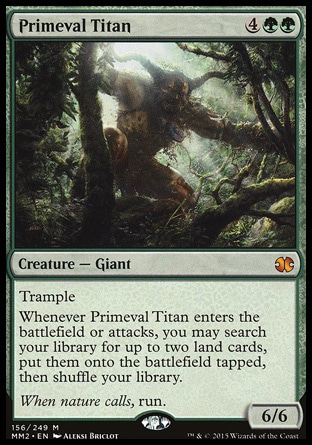
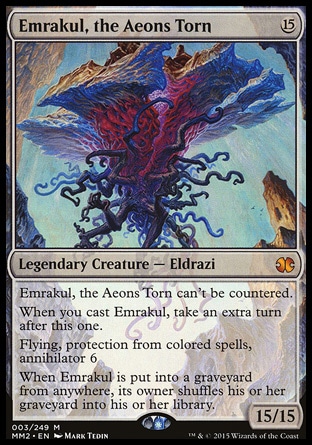
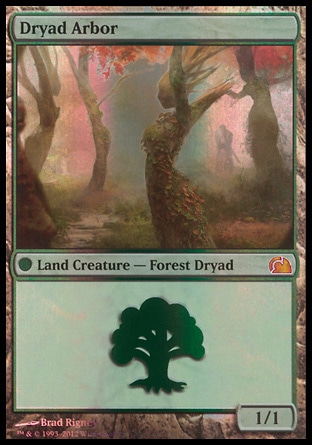
Clone is subject to two copying effects at once: its own and that of Essence of the Wild.
Most of the times, usually irrespective of the order you apply those effects in, Clone will enter the battlefield as a copy of Essence of the Wild. When you choose to apply Clone’s effect first, it would hit the field as a copy of some chosen creature, but (if that creature is on copiable values level) it is still subject to the Essence’s effect, so it will enter as a copy thereof. When you apply the effect of Essence of the Wild first, Clone will enter the field without its own ability, so its effect isn’t applied.
Now, imagine you decide to choose Clone’s effect first, and choose an “animated” Inkmoth Nexus to become a copy of. Since the Clone-copy is an unanimated land, it doesn’t fall under Essence of the Wild’s effect, and will remain on the battlefield as Inkmoth Nexus.